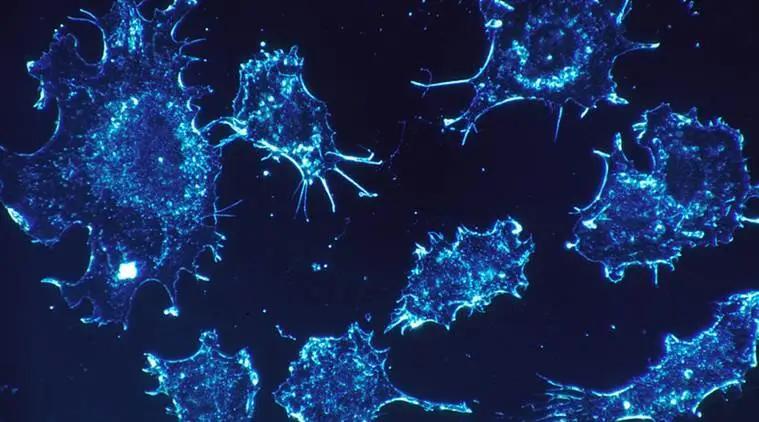
Sugar from Deep-Sea Bacteria Kills Cancer Cells, Researchers Find
In a groundbreaking discovery, scientists have found a sugar compound produced by deep-sea bacteria that can kill cancer cells by making them explode from the inside out. This remarkable finding has the potential to revolutionize the way we approach cancer treatment, offering a new and innovative approach to tackling this devastating disease.
The compound, known as EPS3.9, is made up of two common sugars: mannose and glucose. It is produced by a type of bacteria called Spongiibacter, which is found in the deep waters of the ocean. Researchers from the University of Bath and the University of Sussex discovered that EPS3.9 targets five specific membrane phospholipid molecules, which are essential for the survival of cancer cells.
When EPS3.9 binds to these molecules, it triggers a process called pyroptosis, which causes the cancer cells to undergo a form of programmed cell death. This means that the cells literally explode from the inside out, releasing their contents and effectively eliminating themselves.
The researchers tested EPS3.9 on human leukemia cells and found that it was highly effective at killing the cancer cells. In fact, the compound was able to induce pyroptosis in over 90% of the cells, making it a highly promising candidate for further development as a cancer treatment.
But how does EPS3.9 manage to target these specific membrane phospholipid molecules? The answer lies in its unique structure, which allows it to interact with the cells in a specific way. EPS3.9 is able to bind to the molecules through a process called carbohydrate-carbohydrate interaction, which is a crucial aspect of its tumour toxicity.
This interaction is what enables EPS3.9 to exert its tumour toxicity, making it an attractive target for further research and development. The potential applications of EPS3.9 are vast, and researchers are eager to explore its potential as a treatment for a range of different cancers.
The discovery of EPS3.9 is a testament to the importance of continued research into the natural world. Deep-sea bacteria are a largely unexplored field, and the discovery of compounds like EPS3.9 highlights the potential for new and innovative treatments to be found in the most unexpected places.
In addition to its potential as a cancer treatment, EPS3.9 also has implications for our understanding of the human body. The fact that it is able to target specific membrane phospholipid molecules raises questions about the role of these molecules in human health and disease.
Furthermore, the discovery of EPS3.9 highlights the importance of interdisciplinary research. The study, which was published in the journal FASEB Journal, involved researchers from a range of different disciplines, including microbiology, biochemistry, and pharmacology.
The collaboration between these researchers was crucial to the discovery of EPS3.9, and it is a testament to the power of interdisciplinary research. By bringing together experts from different fields, researchers can gain a deeper understanding of the complex interactions between different molecules and cells, and can develop new and innovative treatments.
In conclusion, the discovery of EPS3.9 is a groundbreaking finding that has the potential to revolutionize the way we approach cancer treatment. The compound’s ability to kill cancer cells through pyroptosis is a remarkable phenomenon, and its potential applications are vast.
As researchers continue to explore the properties of EPS3.9, we can expect to see further breakthroughs in the field of cancer treatment. And as we move forward, it is clear that the natural world holds many more secrets waiting to be uncovered.
Source:
https://faseb.onlinelibrary.wiley.com/doi/10.1096/fj.202500412R






